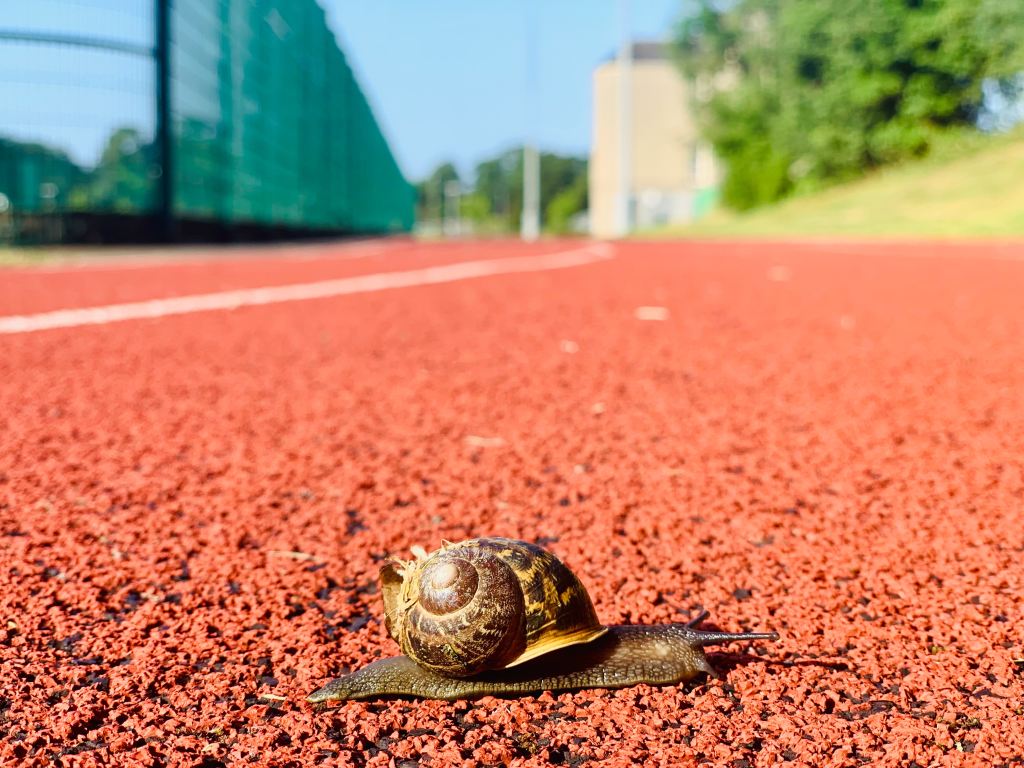Stories typically contain a mixture of action and commentary. The writer combines action and commentary in order to keep the reader informed – they know what is going on – and engaged – they want to keep reading.
Writers deliberately play around with pacing. They might select fast pacing – lots of action coming in rapid succession – in order to make the reader feel excited, worried or nervous. Think detective novels and thrillers. Think how events speed up as you reach the climax. On the other hand, writers may deliberately slow down the action in order to either hold the reader in suspense or to convey something important about characters, quality of life, atmosphere, nature of interactions and so on.
Academic writing is also about pacing. Like fiction writers, academic writers also manage the balance of action and commentary. Yes of course writing a journal article is not the same as writing a short story, but then again it is. It is because the question of pace is still important. In scholarly writing, action generally consists of reporting of stuff – reading, results, what we did. And commentary is about the ways in which we discuss and explain our decisions and results.
In academic writing, readers generally don’t notice if the writer has made good pacing choices. Unfortunately it’s not hard for academic writers to get the balance of action and commentary a bit wrong.
Think of those papers you’ve read where the writer presents a list of survey results one after the other in rapid succession. All action. It’s like a road race with one near miss after another. Fast paced action yes, but readers generally want a bit more than just the raw results staccato style. They want some commentary mixed in with their action. Laundry lists of literatures have the same effect – lots of activity going on, but it’s rather counter productive. The reader loses all sense of what it all means. Study A followed by Study B followed by Study C… and it adds up to what? The reader needs some evaluative commentary, and some overt connections with the study at hand.
Slow pace? Well, sometimes academic writers do slow things down because they are dealing with really complex ideas. If you don’t go slow you just don’t get it. But think about those papers where the methods section seems to go on forever followed by an incredibly detailed report about how the research was actually conducted. Too much time spent on commentary before finally getting to the action. Over commentary-ing is like looking under the bonnet of the car for hours before actually getting going. Or walking behind a snail as they slime their way towards your delicate spring seedlings.
Now put the two of those things together. You have really slow reading through the early ponderous material and then a rush through the relatively unprocessed results. This doesn’t happen I hear you say? Well, I beg to differ. Beginning at snail’s pace and the firing up the results is not a rare occurrence. I’m sure you can think of something you’ve read that doesn’t find the quite right tempo, where the writer hasn’t balanced action and commentary.
One of the ways to avoid too much commentary -over-detailing – in the text proper is to use appendices and/or footnotes and/or links out to supporting material. These (hyper)textual tools were invented precisely so that the writer can manage pace and so that readers have a choice. If they want, the reader can follow up on the linked details then and there, or they can decide to read through to the results and follow up on the details later.
Of course pace is not just about action and commentary. Academic writers have other pacing tools at their fingertips – sentence length, syntax and choice of vocabulary just for starters. But these tools are closer-in to the text. If writers don’t get the big stuff working – the balance of action and commentary – all the variation in sentence length and judicious use of technical terms will be to no avail. The overall mix of action and commentary is a first step in getting the pacing right, but not the last.
Our goal as academic writers is of course not the same as fiction writers. But we do have some similar concerns, one of which is pace. We too want to keep the reader informed and interested so they don’t give up half way. Pacing questions are important when we revise. Writers can read their draft text looking to see if they have a slow and dull list of literatures and a list of results with little in between that helps the reader understand what it all adds up to. Or if they have peppered the text with results with no explanation in between.
I reckon it’s worth keeping the story pacing lesson in mind – an important aspect of good academic writing is the writer finding the sweet spot in the mix of action and commentary.











I really like this post. It reminded me of an article by Peter Elbow, the Music of Form, in which he talks about time and rhythm in writing…
https://scholarworks.umass.edu/cgi/viewcontent.cgi?article=1006&context=peter_elbow
LikeLiked by 1 person
Yes that’s a lovely paper. Thankyou for reminding me. I should maybe use and share it soon
LikeLike